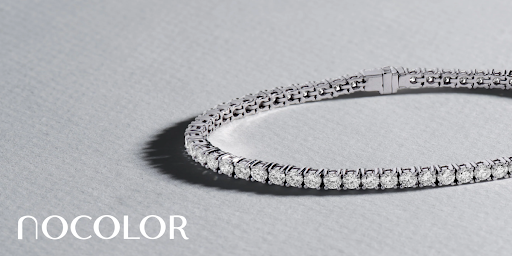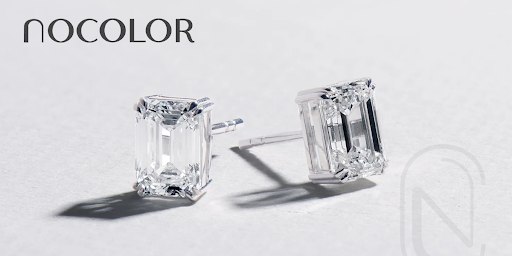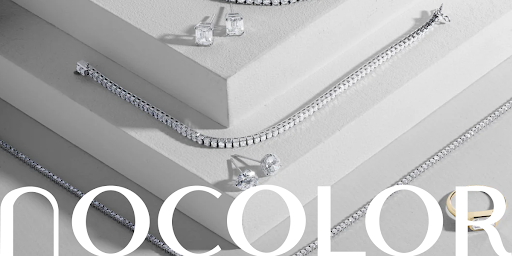[Nationwide] - When I first heard about nocolor, a small jewelry startup based in New York promising exceptionally high-quality diamonds at startlingly low prices, I assumed there had to be a catch.
Consider a three-carat diamond tennis bracelet: traditional retailers like Blue Nile price theirs around $3,500, while newer direct-to-consumer brands such as Vrai offer similar pieces near $2,000. Yet, nocolor sells a better-spec version (exclusively colorless diamonds graded D or E with VVS clarity) for about $1,200.

Naturally, skepticism sets in: could diamonds that are less than half the price be the quality they claimed?
Founded by Alexandra, Jordan, and Dev, three entrepreneurs with backgrounds in e-commerce and retail, nocolor set out to disrupt an industry built on entrenched pricing practices. Dev, whose family has been involved in diamond manufacturing and supplying diamond-cutting tools for generations, brought deep industry insight. "We've known for generations that diamond prices are inflated due to retail overhead, branding, and outdated industry practices," explains Dev. "It was time to fundamentally challenge this model."
Their first customer appeared even before the company formally launched. Just two days after setting up initial ads on Facebook, a woman named Michelle stumbled upon their Instagram, navigated to their barely functional online store, and purchased $950 2ct - emerald-cut diamond studs.
"Initially, we thought it was some kind of mistake," admits co-founder Jordan. "We texted each other immediately asking, 'Do you know this person?' But Michelle was entirely genuine and thrilled with her purchase. That moment was when we realized we were onto something real."
nocolor originally launched with a straightforward model of releasing one limited-edition diamond jewelry product each month. However, consumer interest quickly evolved. Buyers, drawn by remarkable pricing and verified quality, began requesting classic, timeless pieces. Responding swiftly, the company established a core collection offering diamond essentials like studs, bracelets, and necklaces, maintaining their transparent pricing philosophy.
The brand's growth has been predominantly organic, fueled by passionate discussions in Reddit communities and fashion forums where existing customers frequently recommend nocolor as an exciting alternative to traditional jewelry brands burdened by inflated prices. This genuine enthusiasm led to significant anticipation, resulting in a waiting list of over 250 people for their April 2025 launch.

Moving forward, nocolor plans to expand its offerings even further, soon introducing a daring new line featuring diamond jewelry priced under $500—a category virtually nonexistent in fine jewelry today.
What does this radical price restructuring mean for the wider jewelry industry? Could fine jewelry follow the trajectory of industries disrupted by transparent, cost-cutting practices, similar to how Amazon reshaped retail?
As consumers become increasingly aware that diamond jewelry does not inherently justify astronomical prices, traditional jewelers may be compelled to reconsider their value propositions dramatically. For more information please visit: nocolor official website.
